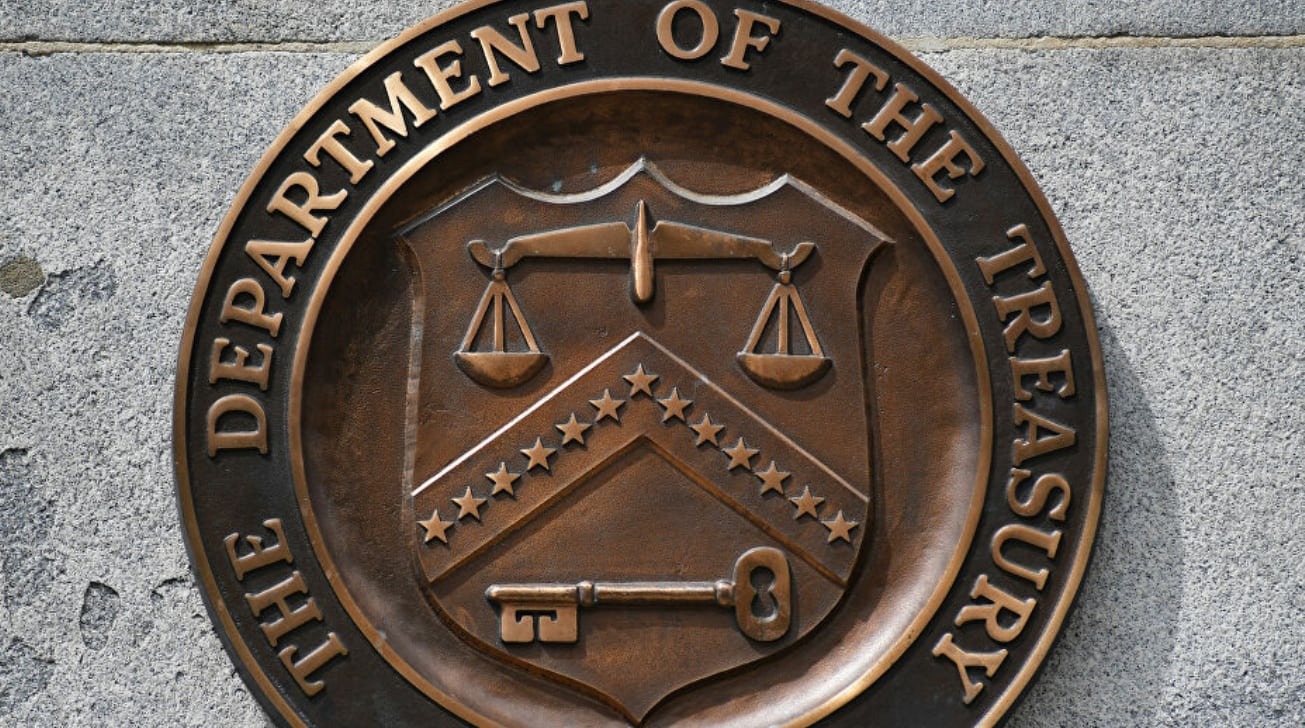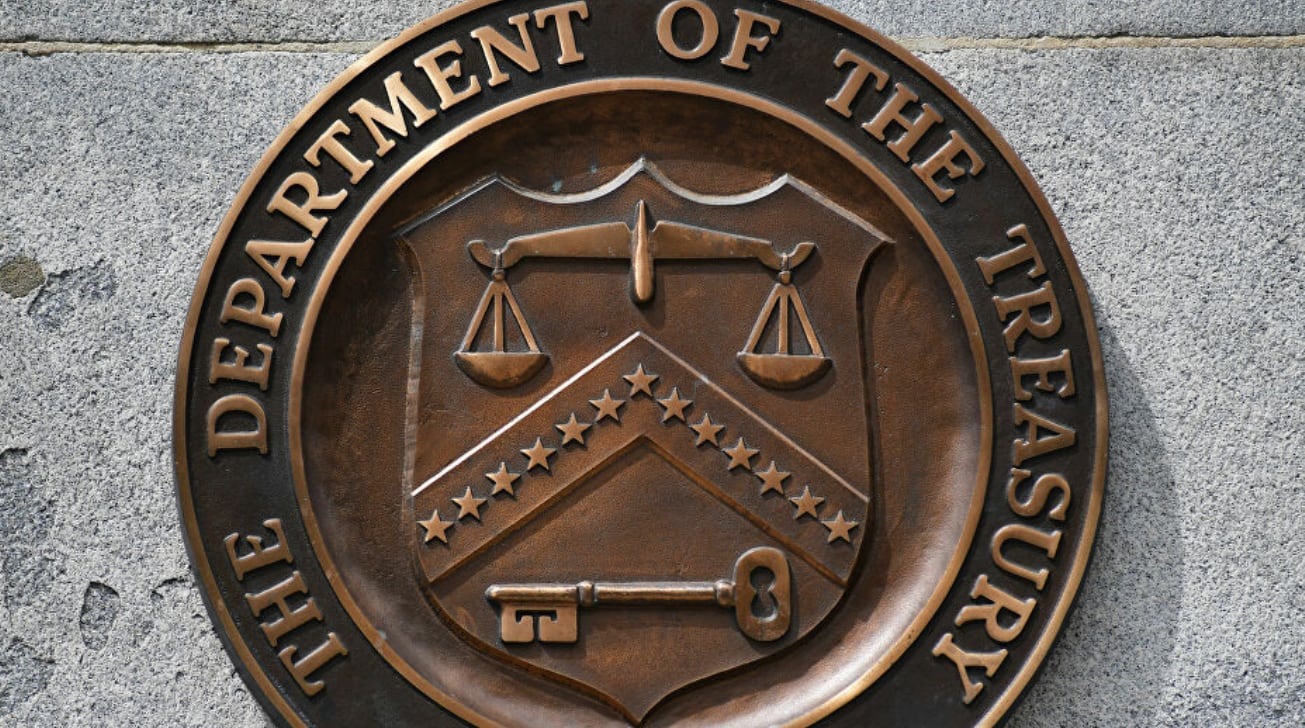
Major Cybersecurity Breach: US Treasury Confirms Chinese Hackers Infiltration
The U.S. Treasury has confirmed a significant cybersecurity incident, revealing that Chinese government hackers gained unauthorized access to certain employee workstations late last month. As outlined in a letter to lawmakers, the department reported that unclassified documents were compromised during this breach, which is described as a “major safety concern.”
 The ongoing battle against cyber threats continues to evolve, particularly with state-sponsored groups targeting sensitive data.
The ongoing battle against cyber threats continues to evolve, particularly with state-sponsored groups targeting sensitive data.
In December, the Treasury was alerted to the intrusion by BeyondTrust, the technology vendor responsible for remote access and identity management services. It was reported that hackers managed to access a critical key used by BeyondTrust, allowing them to infiltrate systems meant to protect high-level federal information.
The situation unfolded when BeyondTrust disclosed the breach, highlighting the vulnerability in their security measures. While details on how the key was obtained remain unclear, the U.S. Cybersecurity and Infrastructure Security Agency (CISA) was called in to assess the damage and assist in remediation efforts. Thankfully, the Treasury confirmed that, as of the end of December, preliminary investigations indicate that the threat actors do not have continued access to sensitive Treasury information.
Repeated Patterns of Cyber Threats
The details surrounding this cyberattack reflect a broader pattern of escalating tensions between the U.S. and Chinese state-sponsored hacking groups. Notably, this incident follows a string of cyberattacks attributed to Chinese hackers, such as those linked to the Salt Tycoon group, which has been involved in assaults targeting prominent U.S. telecommunications and internet companies.
These intrusions typically aim to obtain sensitive information by infiltrating communications networks deemed confidential and critical for national security. The rapid advancement of cyber threats calls for heightened defenses and strategic responses from government agencies.
“Treasury takes very seriously all threats against our systems, and the data it holds,” stated Treasury spokesperson Michael Gwin. “Over the last four years, Treasury has significantly bolstered its cyber defense and will continue to work with both private and public sector partners to protect our financial system from threat actors.”
 As cyber threats proliferate, strong defensive measures are more crucial than ever.
As cyber threats proliferate, strong defensive measures are more crucial than ever.
Implications for National Security
The implications of such a breach are profound, not just for the Treasury but for the U.S. government as a whole. Cybersecurity has become a pivotal rallying point for national defense discussions, especially with foreign adversaries taking a keen interest in espionage via digital means. The Treasury’s recent disclosure underlines the persistent vulnerabilities inherent in federal systems, which could increasingly become a target for more sophisticated attacks.
Moving Forward: Cybersecurity as a Defense Priority
Strengthening cybersecurity infrastructure will undoubtedly require a calculated approach, wherein federal agencies enhance collaboration with technology vendors and cybersecurity firms. In the face of these threats, there must be an ongoing commitment to investing in robust cybersecurity protocols and response strategies.
Moreover, government transparency regarding these breaches and the strategies deployed to counteract them will be essential in rebuilding trust with the American public. As demonstrated by this incident, threats are evolving, and the response must be equally dynamic and innovative.
 Collaboration among agencies and private sectors is critical in combating cyber threats.
Collaboration among agencies and private sectors is critical in combating cyber threats.
As the investigation continues, there will be a focus on not only addressing the immediate risks but also reinforcing the foundations of cybersecurity across all sectors of the government. The urgency of this situation cannot be overstated, and as cyber threats heighten, so too must our resolve to safeguard state and national security.
Conclusion
In sum, the latest conflict in cyberspace mirrors the growing geopolitical tensions, emphasizing the need for proactive cybersecurity measures. The U.S. Treasury’s ordeal highlights the intricacies and challenges of securing sensitive government data and reinforces that the digital battleground is far from static. As the threat landscape evolves, continuous innovation and vigilance will be vital in the effort to protect national assets and maintain public confidence in digital governance.













